Bimba Manufacturing produces air cylinders, stainless steel air cylinders, rodless cylinders and a variety of other cylinders. We provide custom-designed air cylinders, quick delivery and a company-wide commitment to quality. Contact us for your cylinder needs today!
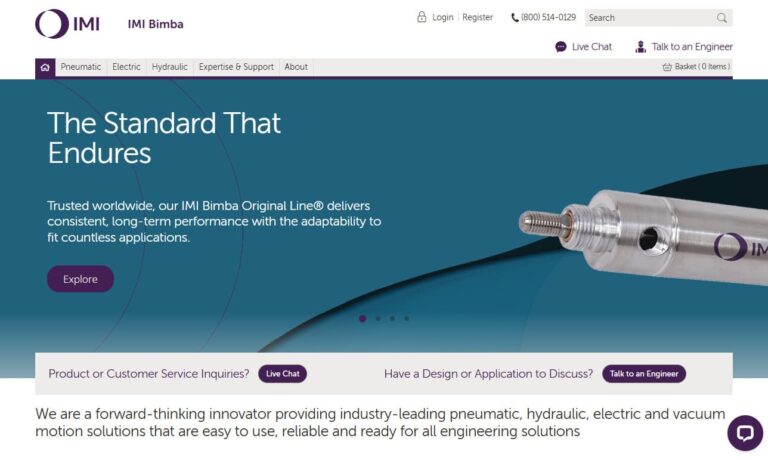
A world-class manufacturer of pneumatic, electro-mechanical & control components & systems, Festo has more than 75 years of experience in providing customer-driven automation solutions & service. Our vast selection of air cylinders includes a range of pneumatic cylinders that offer optimized performance for every application, with products meeting demands for the pharmaceutical industry.

Falcon Industries is a machine shop and manufactures hydraulic and air cylinders to your exacting specifications. Our air cylinders are lightweight and durable. We specialize in repairable air cylinders for end dump trailers and belly (bottom) dump trucks, as well as pneumatic cylinders.
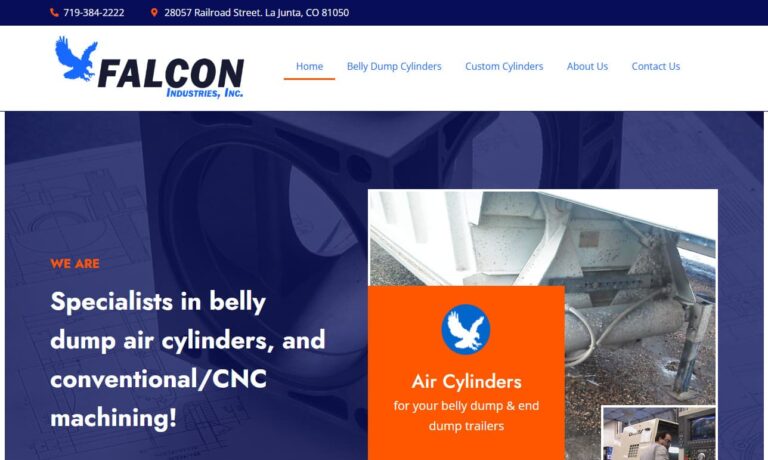
More Pneumatic Air Cylinder Manufacturers
Mechanical pneumatic cylinders use the energy of pressurized air to generate force. These gadgets are made up of various components- most notably, a piston, and piston rod. As air enters the cylinder from one side, the pressure inside increases.
The piston moves as a result of an increase in internal pressure. The force produced by the piston is then transferred to an item through the piston rod. Pneumatic air cylinders can be used to clamp items together or block them from coming into contact with one another. Most notably, they are used in factories to move parts and perform other simple tasks.
Components of Pneumatic Air Cylinders
There are many components within a pneumatic air cylinder. We discuss a few in further detail below.

Pneumatic cylinder barrel: Essentially, the barrel houses and protects (most of, depending on design) the internal components- most notably the piston and piston rod.
Piston: The piston is the disc inside the pneumatic cylinder which serves as a movable partition which divides the chamber and reciprocates the back and forth movement in a straight line.
Piston rod: The piston rod is linked and controlled by the piston. It is connected to the machine elements or objects that require to be pushed or pulled.
Piston cushioning: This lowers the speed of the piston and rod assembly before it reaches the end cap. It also helps to reduce impact, noise, and vibration at the end of every stroke and enables the piston to move at higher velocities.
Piston static seal: This device ensures airtight sealing between the piston and the rod.
Piston seal: A piston seal ensures airtight sealing between piston and chamber.
Working Principle of Pneumatic Air Cylinder
As air continues to enter the cylinder from one side, the pressure inside increases. The piston moves in a certain direction as a result of an increase in internal pressure. The produced force is transferred to the item to be pushed by the piston rod. The specific motion needed, such as clamping or moving a load along a linear path, is then produced by a pneumatic actuator receiving the force from the compressed air through the piston (via the piston rod) inside the cylinder.

The final use for this energy may include operating a specific tool like a gripper, clamp, or a vacuum, or it could be applied to numerous other potential applications.
Types of Pneumatic Air Cylinders
Single-Acting Cylinders
Pressurized air enters a single port, in a single direction, in single-acting (single-action) cylinders. The piston is typically fitted with a load or a spring. After being cleaned and compressed, air enters the single port and forces the piston to extend in one direction, compressing the spring. After expelling air through the same port where it entered, the spring (or some external force) will retract the piston back to its initial position. Simply put, the spring will reverse the stroke that is forced forward inside the cylinder by the compressed air. A button can be used in a straightforward circuit to control a single-acting pneumatic actuator. By pressing this button, the piston rod is propelled outward by air.
There are two types of single-acting cylinders: pull or push cylinders. With a push cylinders, air enters to push the piston out of the cylinder. In a pull cylinder, air enters to pull the piston inside of the cylinder.
Advantages of Single-Acting Cylinders:
- They feature a simple design and are easy to install.
- Single-acting cylinders have a low initial cost.
- They are single-port so the air is only used in one direction. As a result, they operate more efficiently than a double-acting cylinder since less energy is consumed.
Double-Acting Cylinders
Double-acting cylinders move loads in both directions, and can extend and retract without the need of a spring. Instead of applying pressurized air into one port, Double-acting cylinders have two ports where air can enter in and out. Double-acting pneumatic cylinders are highly utilized in industrial and robotics industries where they perform tasks such as door opening and closing. They can perform lifting and moving products off conveyor belts. Double-acting cylinders can also be used in medical applications, space programs and earth-moving equipment.
Advantages of Double-Acting Cylinders:
- They provide more control over movement.
- They are faster and stronger than single-acting cylinders.
- There is a broader design variation of double-acting cylinders.
- This design variation also lends itself to an increase in ISO- (International Organization for Standardization) standard compliance.
Disadvantages of Double-Acting Cylinders:
- Double-acting cylinders are more expensive to purchase and operate.
- Desired air-flow rates require more complicated calculations than with single-acting cylinders.

Applications of Pneumatic Air Cylinders
- Single-acting cylinders are used for simple applications such as factory automation settings, performing jobs such as materials handling and packaging operations. These cylinders are used for part and tool positioning, and, additionally, for helping with tasks such as clamping and punching.
- Double-acting cylinders are used for complex and heavy-load applications like “knifing” in the paper industry. When producing paper, huge coils of paper must be sliced into smaller rolls and this is achieved through double-acting pneumatic air cylinders. Paper-cutting machinery uses a double-acting cylinder that moves at the same speed as the paper to slice it on the fly, retract, and reposition for the next cut, where it remains in place until the next cutting spot arrives.
- Double-acting cylinders are used where high force is required in both directions and an example of this occurs regularly in foundries, where furnaces reach high temperatures. With safety being of the utmost importance, a double-acting cylinder makes sure these furnace doors stay closed, but can still be opened when necessary.
Choosing the Proper Pneumatic Air Cylinders Company
To make sure you have the most productive outcome when purchasing Pneumatic Air Cylinders from a Pneumatic Air Cylinders Company, it is important to compare at least 5 or 6 Companies using our list of Pneumatic Air Cylinders suppliers. Each Pneumatic Air Cylinders Company has a business profile page that highlights their areas of experience and capabilities and a contact form to directly communicate with the manufacturer for more information or request a quote. Review each Pneumatic Air Cylinders business website using our patented website previewer to get an idea of what each business specializes in, and then use our simple RFQ form to contact multiple Pneumatic Air Cylinders companies with the same form.


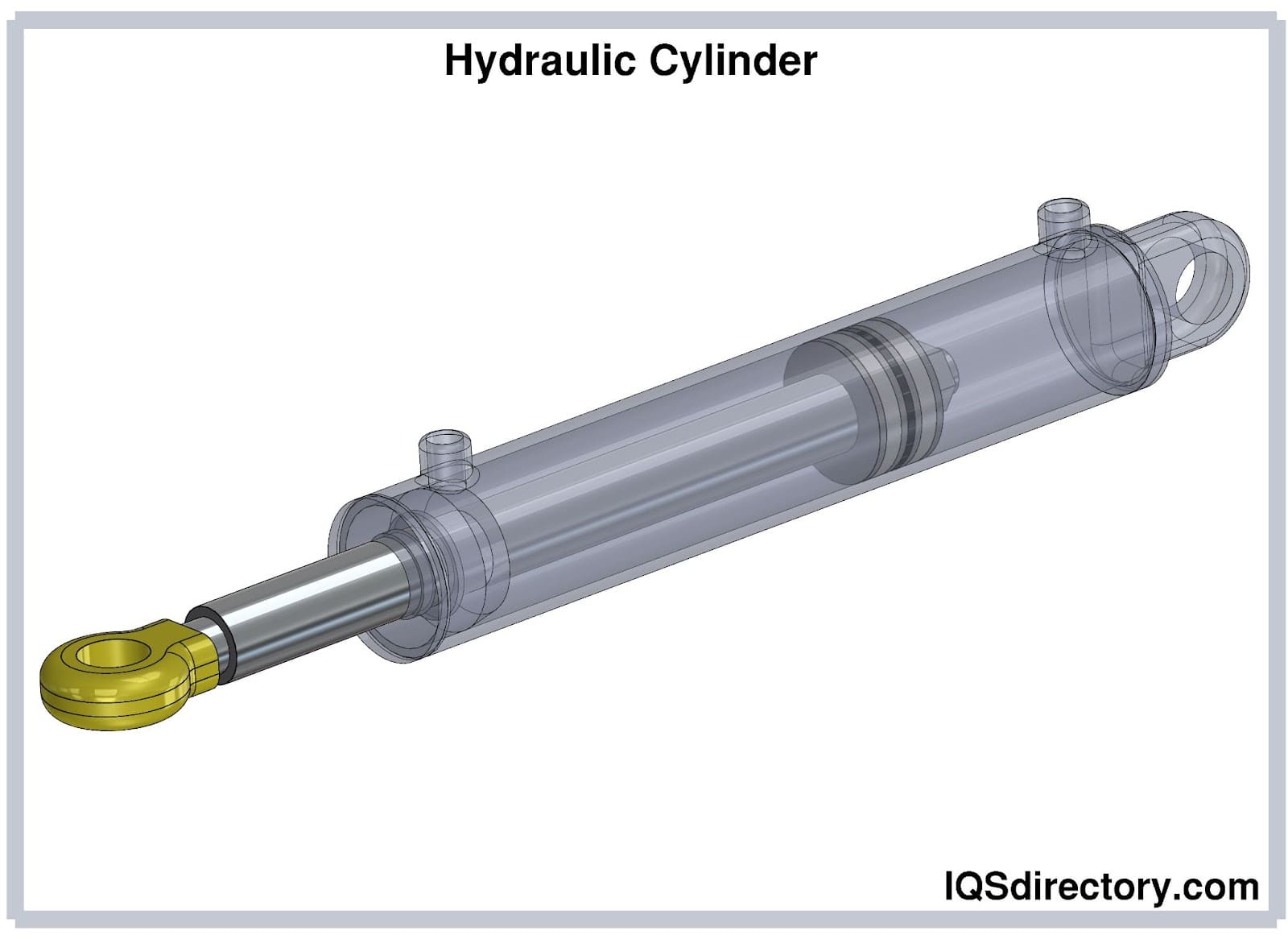


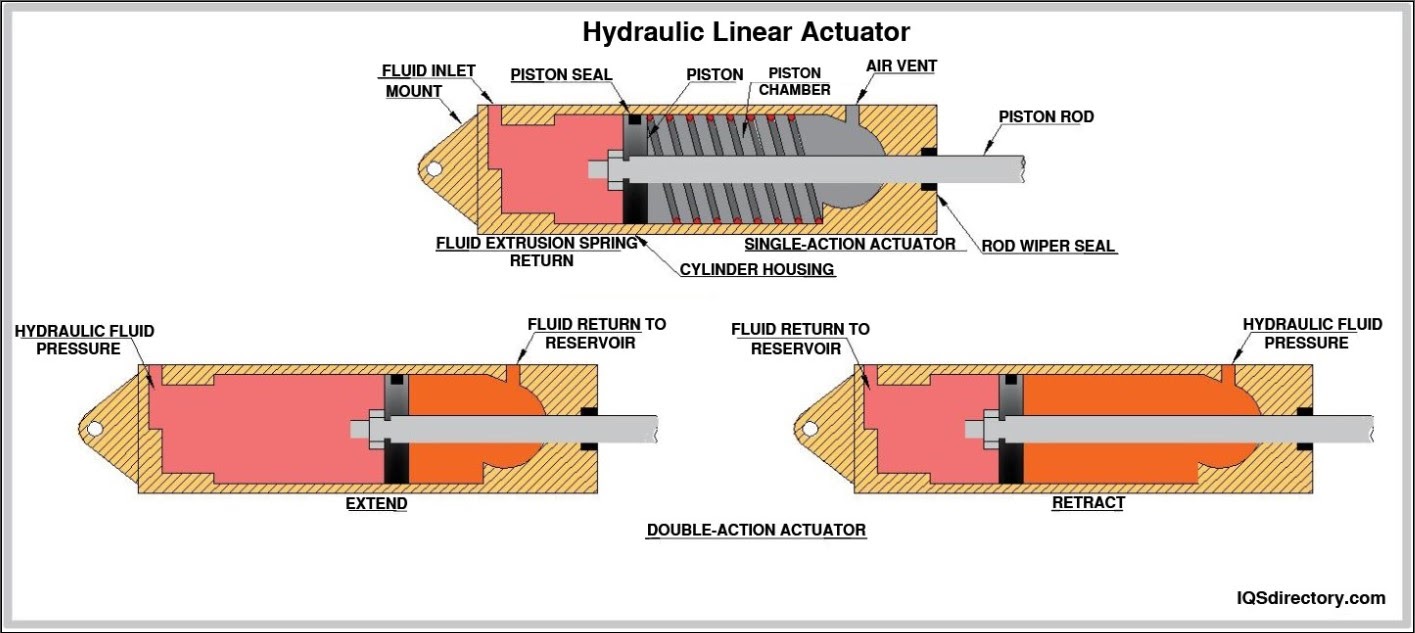

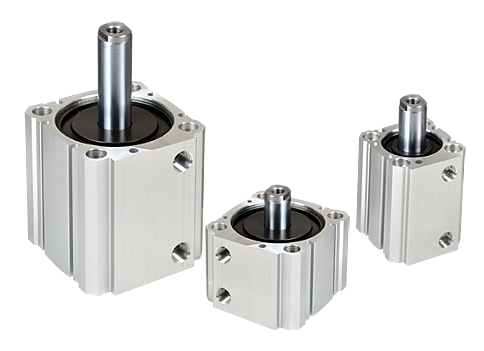 Air Cylinders
Air Cylinders Assembly Machinery
Assembly Machinery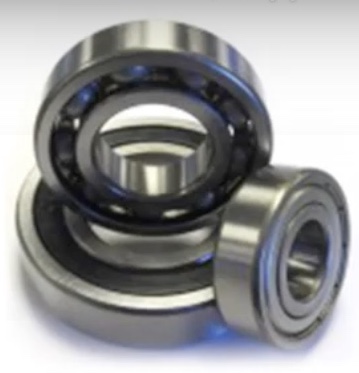 Ball Bearings
Ball Bearings Electric Motors
Electric Motors Fractional Horsepower Motors
Fractional Horsepower Motors Friction Materials
Friction Materials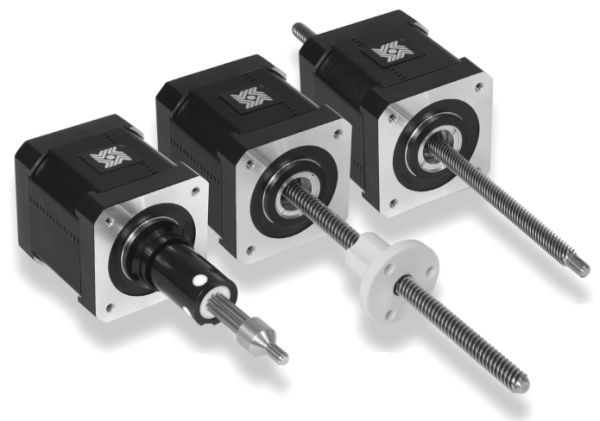 Linear Actuators
Linear Actuators Linear Bearings
Linear Bearings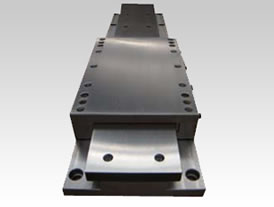 Linear Slides
Linear Slides Castings & Forgings
Castings & Forgings Bulk Material Handling
Bulk Material Handling Electrical & Electronic Components
Electrical & Electronic Components Flow Instrumentation
Flow Instrumentation Hardware
Hardware Material Handling Equipment
Material Handling Equipment Metal Cutting Services
Metal Cutting Services Metal Forming Services
Metal Forming Services Metal Suppliers
Metal Suppliers Motion Control Products
Motion Control Products Plant & Facility Equipment
Plant & Facility Equipment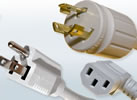 Plant & Facility Supplies
Plant & Facility Supplies Plastic Molding Processes
Plastic Molding Processes Pumps & Valves
Pumps & Valves Recycling Equipment
Recycling Equipment Rubber Products & Services
Rubber Products & Services